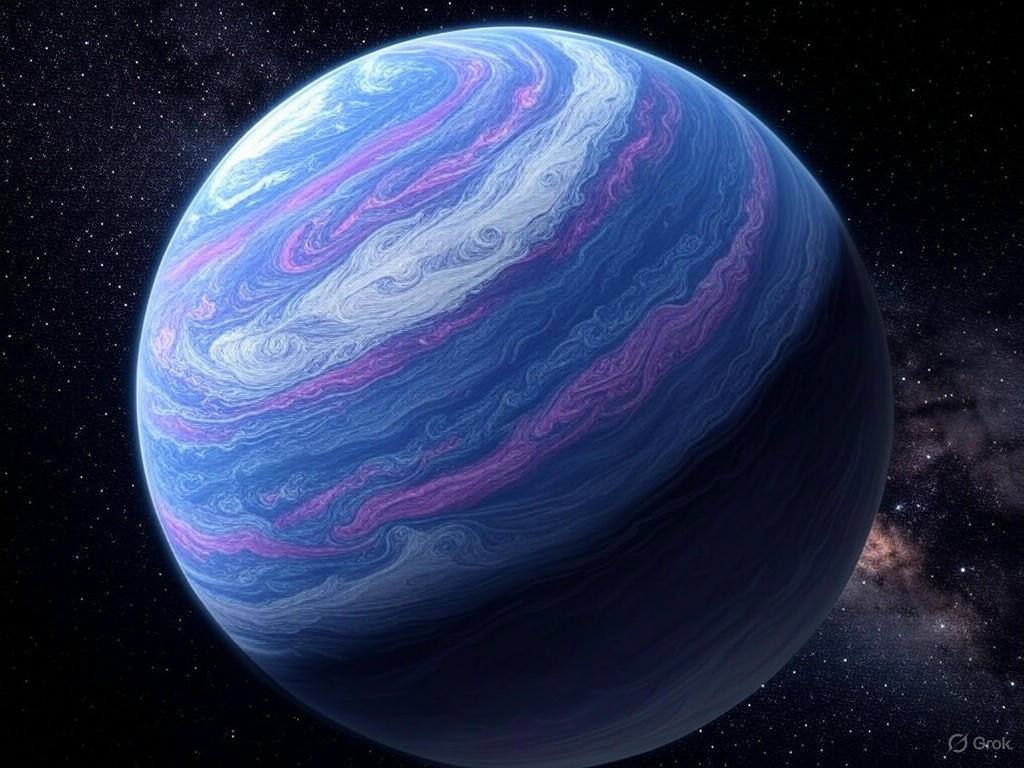A Cosmic Enigma: Giant Planet Defies Space Theories
In a groundbreaking discovery that has left the astronomical community buzzing with excitement, researchers have stumbled upon a colossal planet that defies the very principles of planetary formation and orbital dynamics. This mysterious celestial body, located in a distant star system, challenges long-held beliefs about how planets come into being and sustain their cosmic dance around stars. The finding, announced by an international team of astronomers, serves as a reminder of how much there is still to learn about the vast expanse of the universe.
This newly discovered giant, roughly twice the size of Jupiter, orbits its host star at an astonishingly close distance—far closer than scientists believed possible for a planet of such magnitude. Conventional theories suggest that massive gas giants form in the outer, colder regions of a star system, where there is ample material to coalesce into enormous bodies. However, this planet’s proximity to its star, where intense heat and radiation should have prevented its formation, has turned those ideas upside down. The planet’s existence raises questions about whether unknown mechanisms are at play or if our understanding of stellar environments needs a complete overhaul.
Astronomers utilized cutting-edge telescopic technology and data analysis to confirm the planet’s presence. By observing subtle wobbles in the star’s movement caused by the planet’s gravitational pull, the team pieced together its extraordinary characteristics. What’s even more perplexing is the planet’s density, which appears to be unusually high for a gas giant, hinting at a composition that may include exotic materials or a history of violent collisions. Some researchers speculate that this giant could be a remnant of a catastrophic event, perhaps a collision between two smaller planets that merged into a single, massive entity.
The implications of this discovery are profound. If planets like this can form in such unlikely conditions, it suggests that the universe may be teeming with worlds we’ve yet to imagine. This could reshape the search for exoplanets and even influence how we define habitability zones around stars. The finding also underscores the importance of continued investment in space exploration and advanced observational tools, as each new anomaly pushes the boundaries of human knowledge.
As scientists scramble to gather more data on this enigmatic giant, the astronomical community is abuzz with theories and hypotheses. Future missions and studies will likely focus on unraveling the planet’s origins and whether similar anomalies exist elsewhere in the cosmos. For now, this discovery stands as a humbling testament to the universe’s ability to surprise us. It reminds us that space, with all its mysteries, is far from fully understood, and every glimpse into the unknown brings us closer to rewriting the story of how everything came to be.


